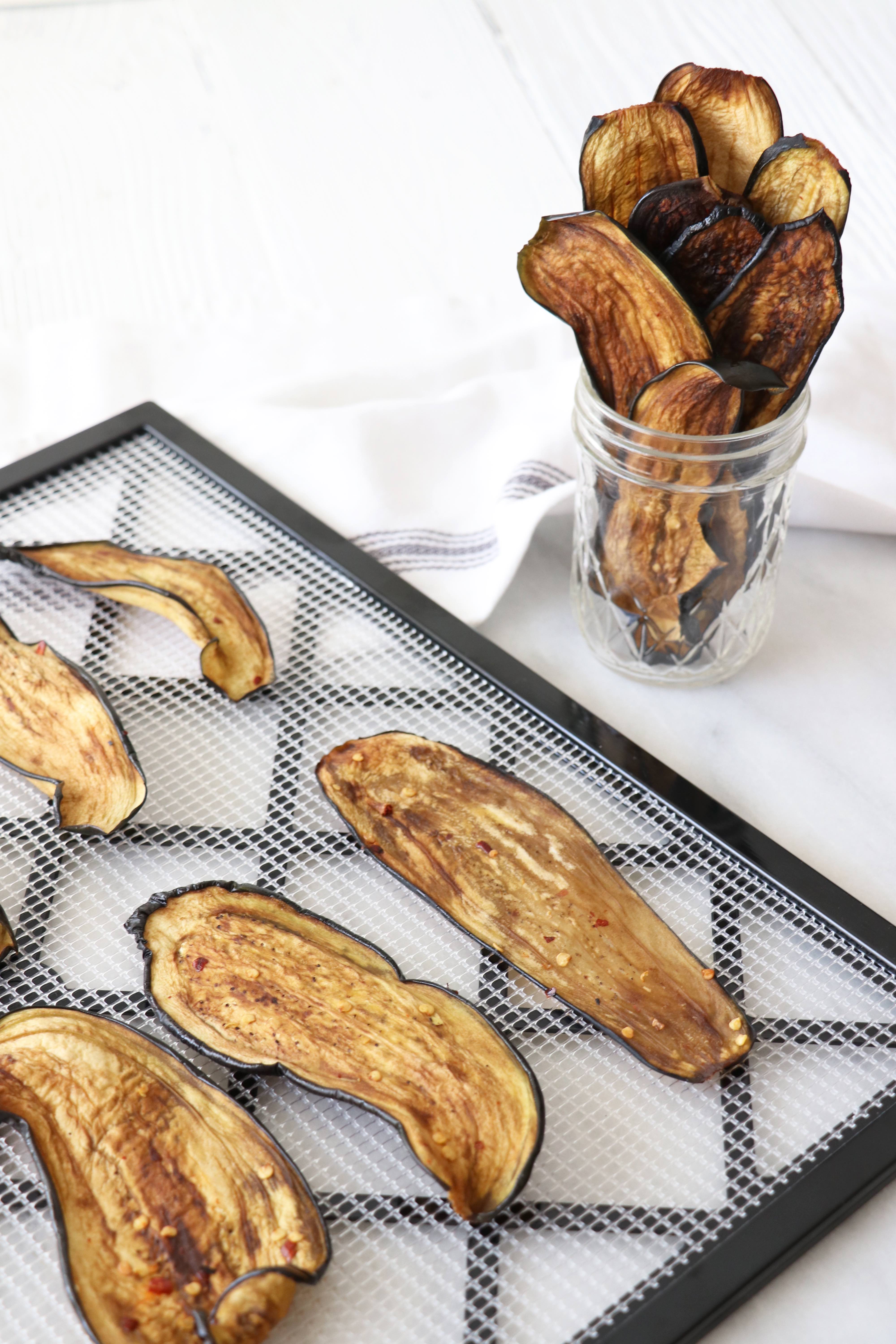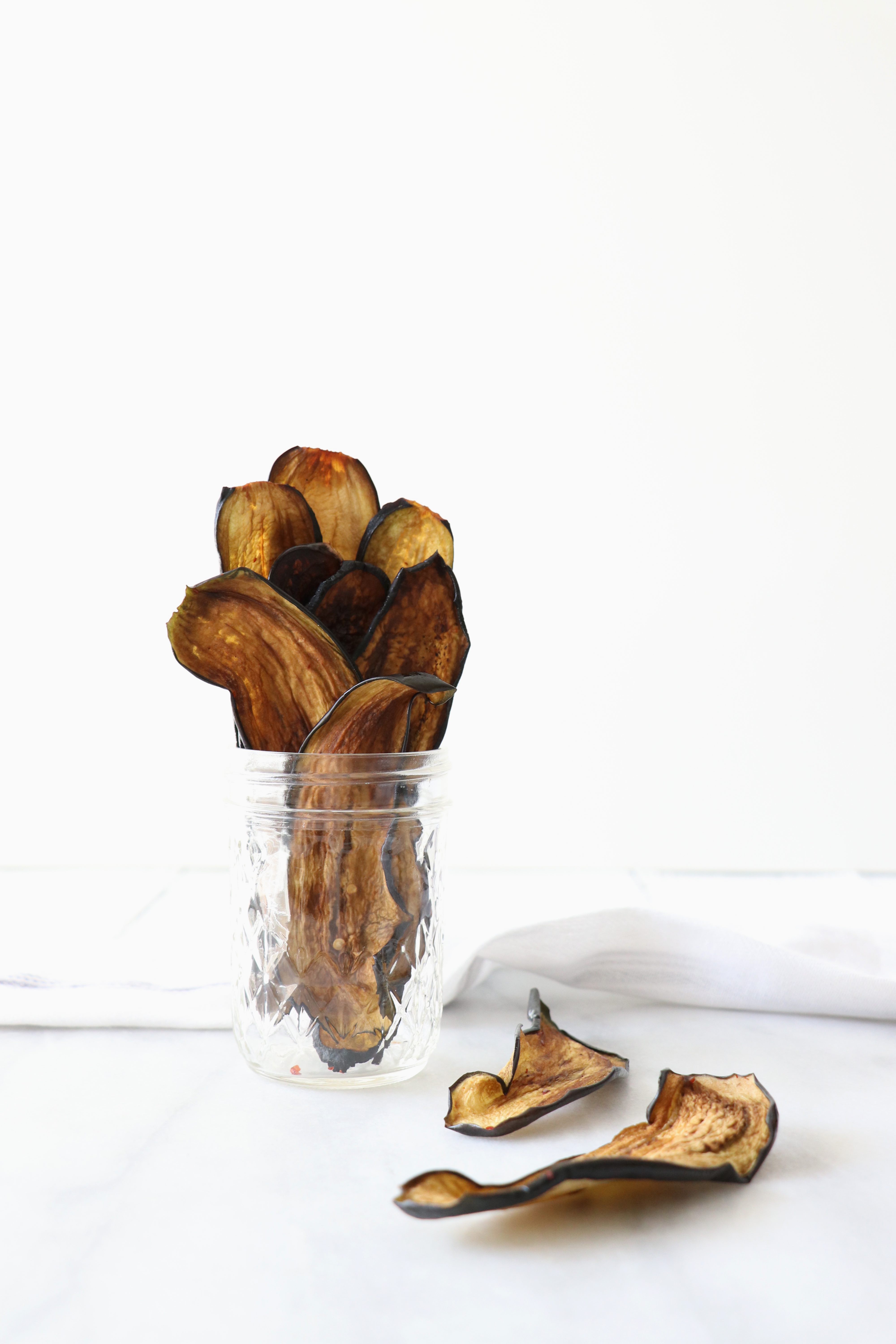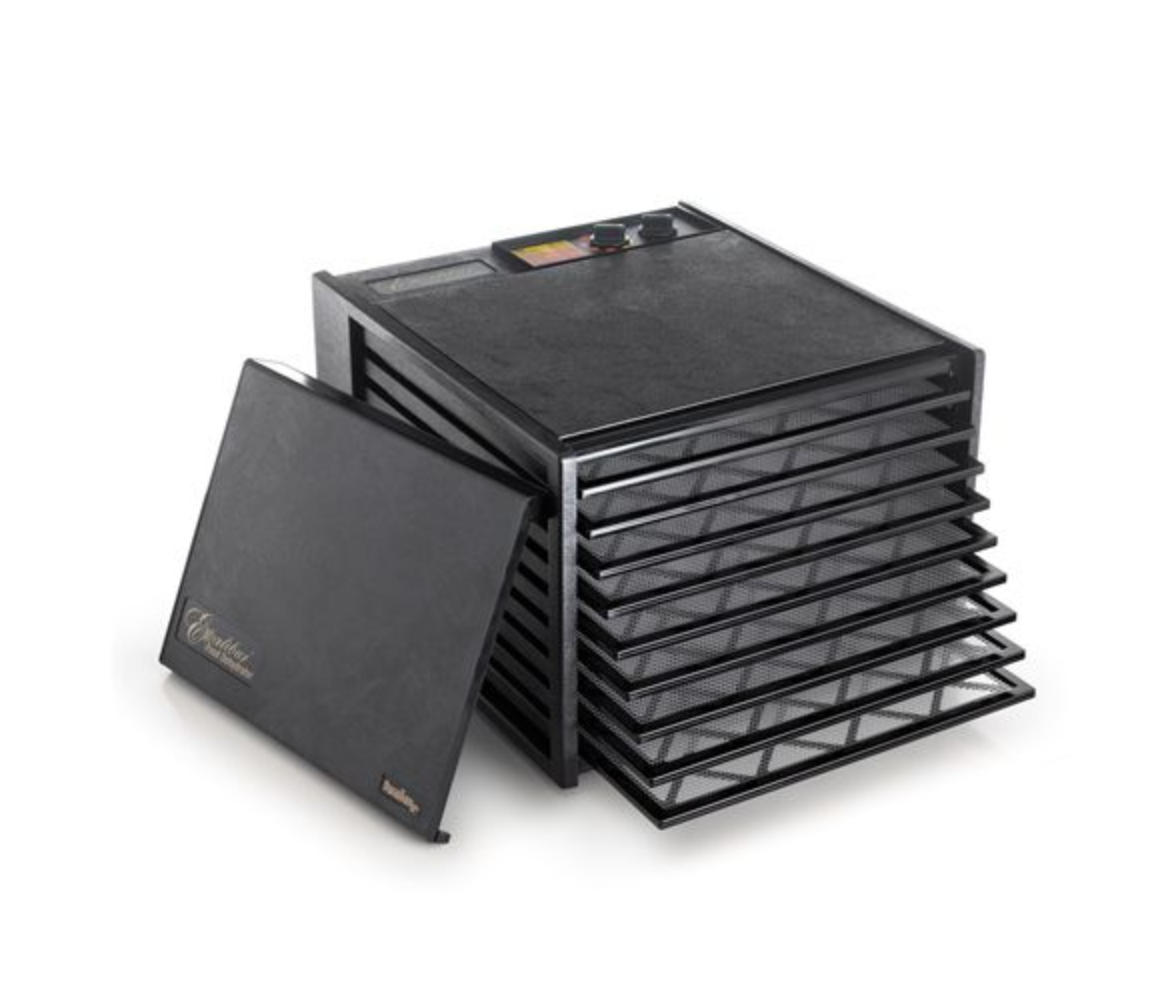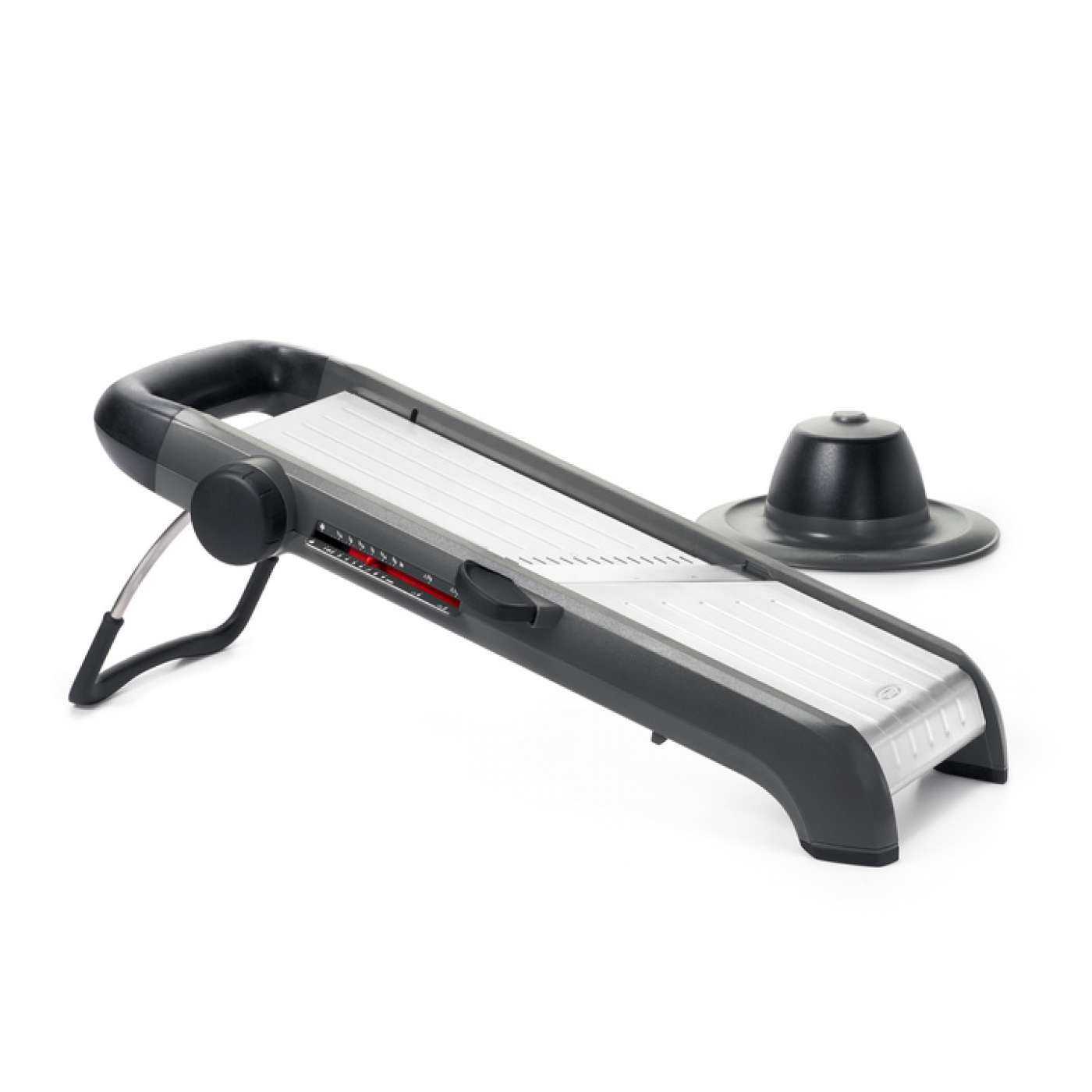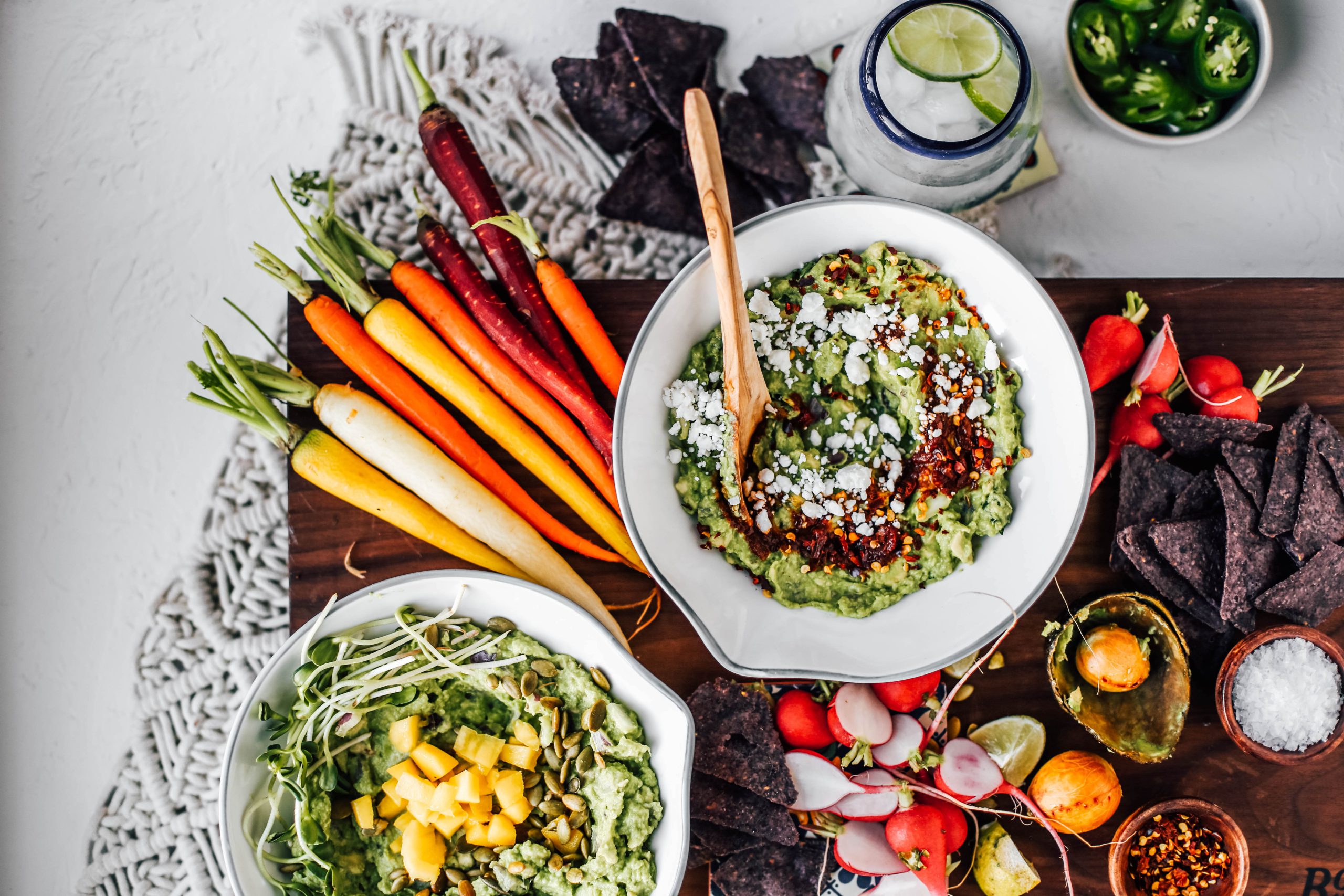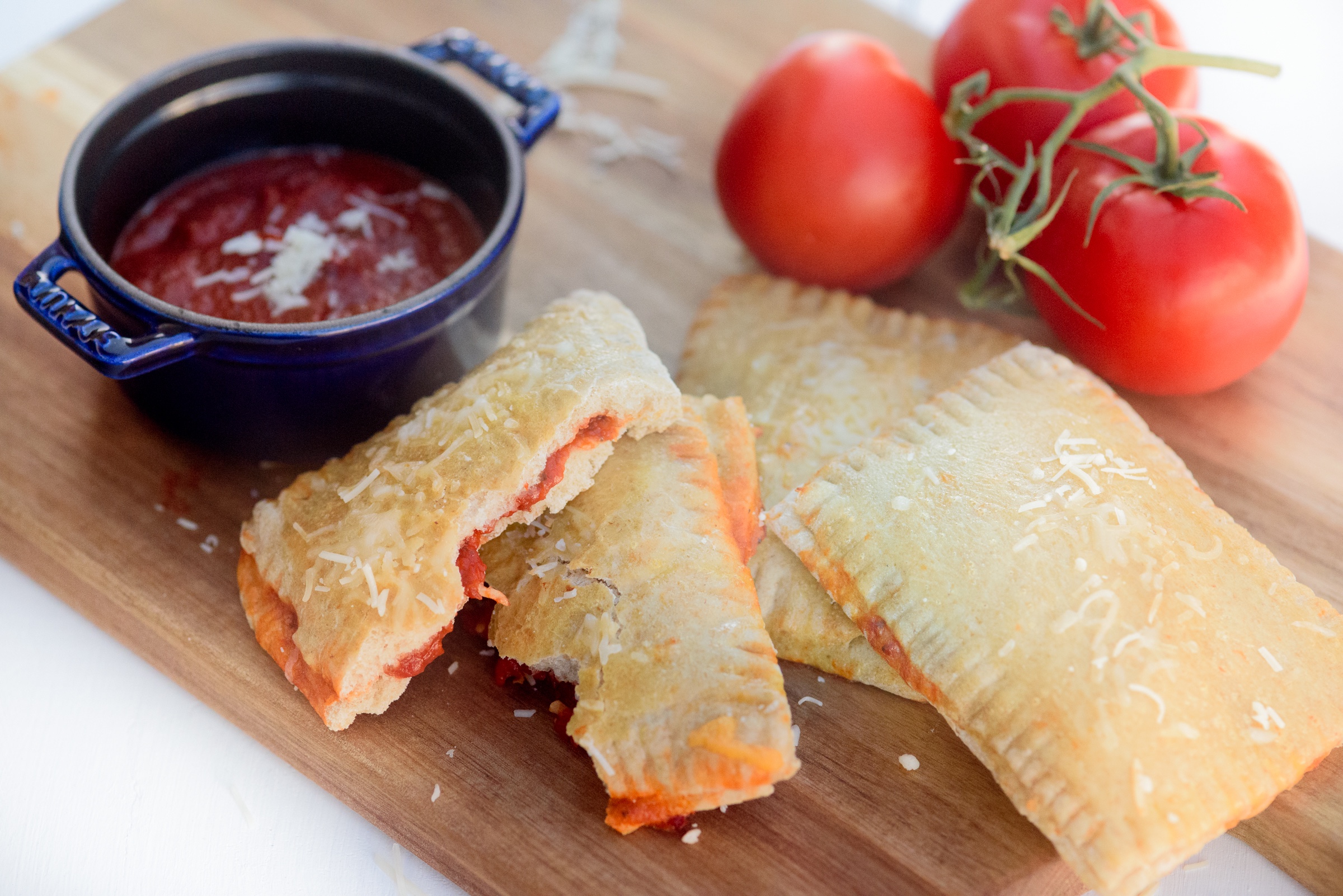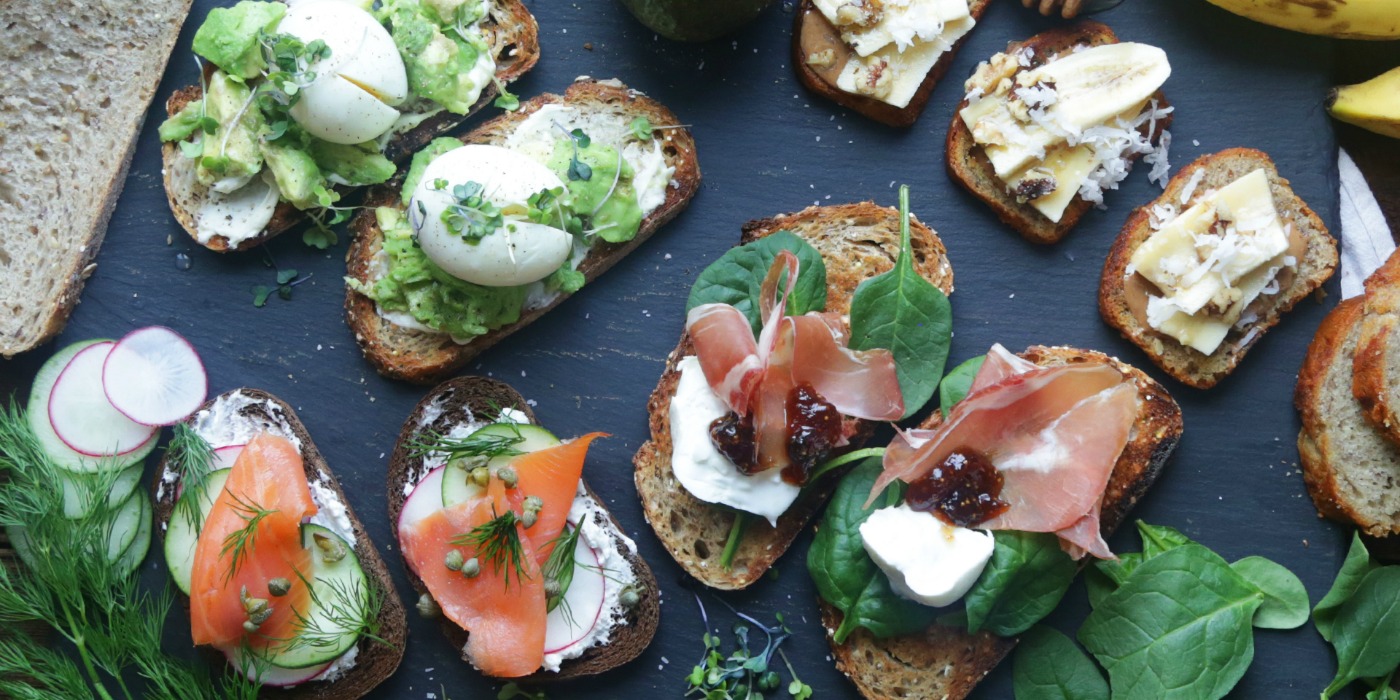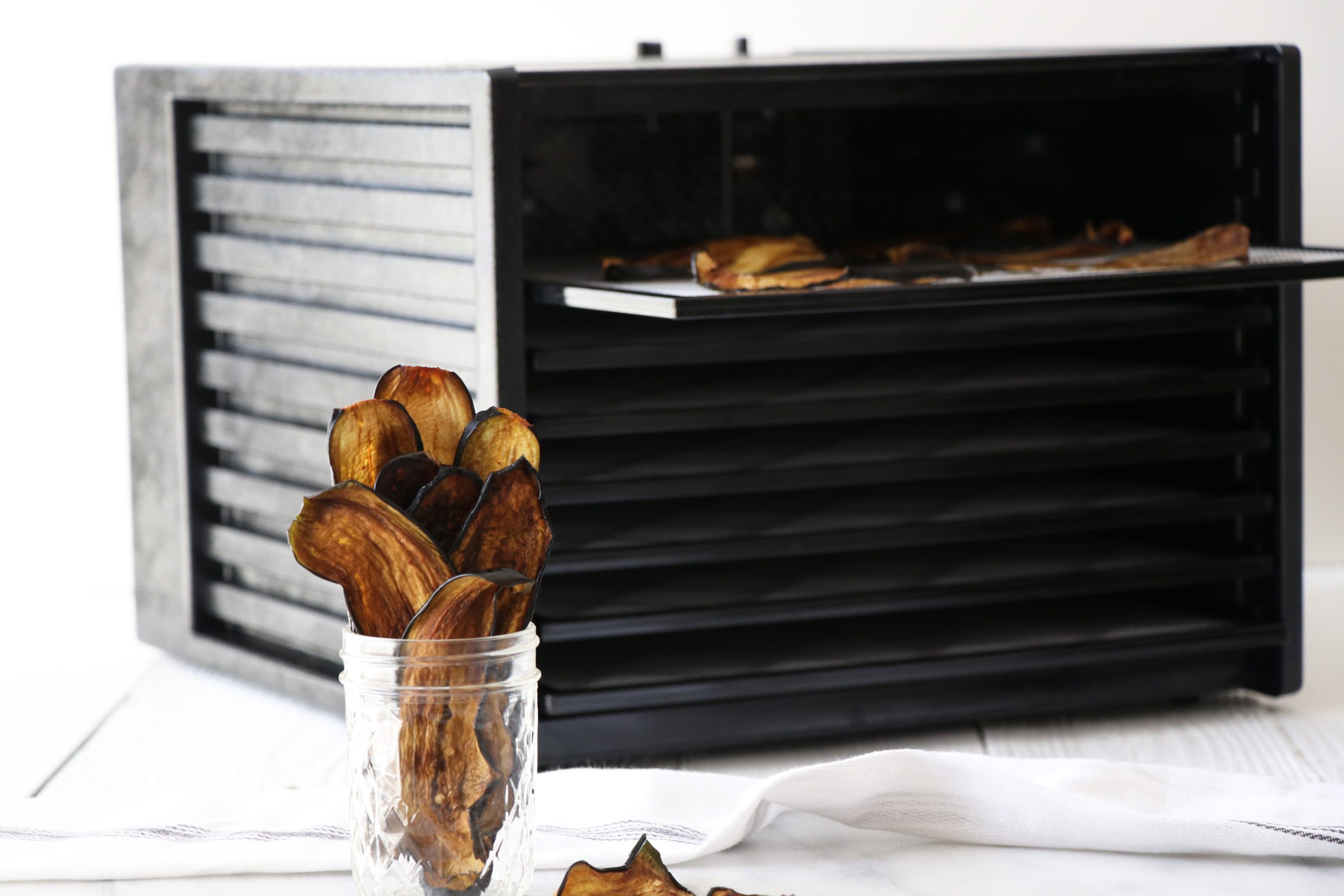
Local, seasonal fruit and vegetables are tasty and nutritious! When produce does not have to travel very far to reach your family’s table, you benefit from being able to enjoy it at peak freshness and the flavors are rich and nutrients at their most potent.
You may wonder, “How do I enjoy local and seasonal produce when it’s off-season?”
Great question! There are few ways to preserve produce without the use of large amounts of salt or sugar. One of my favorites is with a food dehydrator. Using a food dehydrator takes a little planning and thought, but is well worth it.
Not only does fully dried (dehydrated) produce last until you can find fresh local and seasonal produce again; but the dried shelf stable aspect of it makes it great for taking nutritious snacks with you when traveling, camping or simply on a long day of running errands.
Can’t you just dehydrate food in an oven?
Another great question! The answer is yes and no. Yes you can dehydrate food in an oven, but it is significantly more difficult and doesn’t always dry food out as well as a dehydrator can. Dehydration requires a steady, consistent low temperature. It is not always easy to keep an oven at a low temperature, especially if you have a gas oven. This means you need to babysit your drying food for hours, and you can easily over-dry or burn food. With a food dehydrator, it is virtually impossible to over-dry!
Similar to other kitchen methods, dehydrating takes some trial and error to find what dried produce and techniques you personally like best. Here are some tips I have learned while making tasty dehydrator snacks.
1) THIN SLICES: Cut and slice your produce as evenly as possible, dehydrated foods generally need to be thin, around ¼ of an inch, but the key is keeping everything the same thickness, whether it is paper thin or ½-inch thick, keep it all the same. If you have a mandoline slicer, I definitely recommend using it.
2) BLANCH: Blanch-first, some vegetables such as kale, benefit from being blanched (10-30 seconds in boiling water, then pat dry with clean towel) before dehydrating, not only does it improve the richness of color, but it seems to make them dehydrate faster.
3) KEEP IT SIMPLE: Do not mix flavors, dehydrators use a fan to circulate warm air; this means flavors can easily get shared. I suggest dehydrating fruits together and more pungent savory items such as root vegetables, garlic or herbs separately from the sweet fruits.
4) EAT SMALL SERVINGS: Do not eat too much at once. Dehydrated foods consumed along with large amounts of water can re-hydrate in your stomach before you body can digest, causing discomfort. Just be smart and eat the same amount of dehydrated produce as you would eat regular produce. For example, you would likely not eat 3 peaches in one sitting. Therefore, do not eat the equivalent of three dried peaches at once. Also be aware not to drink too much water too quickly while eating dried foods.
Below is a simple but delicious recipe for vegan, paleo and Whole30-friendly Eggplant Jerky. Eggplant is excellent dehydrated and can be marinated in any sauce you love. Try this recipe with BBQ Sauce instead of liquid aminos. YUM!
Eggplant Jerky

INGREDIENTS
2 medium eggplant
2 tablespoons filtered water
3 tablespoons liquid amino acids (or soy sauce)
½ teaspoon red chili flakes
INSTRUCTIONS
- Wash and pat dry eggplants.
- With a sharp knife remove the ends of the eggplants.
- Carefully slice lengthwise along the eggplants, cutting into ⅛ - ¼ inch thick slices. You can also use a mandolin slicer for this step if you have one.
- Mix the water, amino acids and red chili flakes together and brush over both side of the eggplant slices.
- Place the eggplant slices into a covered dish and let marinate in the fridge for 2 hours.
- Lay out on parchment paper or non-stick dehydrator sheets on the dehydrator trays.
- Dehydrate at 115 degrees Fahrenheit for 5 hours, then flip eggplant-jerky over and remove the parchment paper, dehydrate for another 5 hours, until tough but still slightly soft.


